
Courtesy of J. Ben Morton
The day after Donald Trump’s inauguration, I opened my phone to a news update saying the president had signed an executive order mandating that the government acknowledge only two sexes: male and female.
It felt like someone had walked up behind me and walloped me over the head with a phone book. I was angered by the basic misinformation and willful ignorance that this declaration promotes about an individual’s sex.
As I involuntarily learned at 32 years old, sex and gender are continuums with many variations. Saying otherwise jeopardizes not only intersex and transgender people, but allAmericans, by increasing government overreach and a loss of privacy, reinforcing rigid gender roles, and complicating legal and medical processes.
In 2017, a few weeks after I mailed a tube of my saliva to a company that offers genetic testing to provide ancestry breakdowns and insight into health conditions, an email arrived in my inbox. The message read, ”We would like to follow up with you via phone to verify additional information about your DNA analysis.”
I replied within minutes, puzzled as to why in the world this ancestry company wanted to talk to me about my obvious northwestern European heritage. I’m as white as it gets.
I answered my phone on the first ring.
“Hi, this is Avery with the customer care team,” she said. “Would you mind confirming a few personal details for me, please?”
I stated my name, and then Avery continued the questioning without hesitation or taking a breath: “And your address? Your age? Gender? Did you share your collection tube with a roommate or partner?”
Why would I have shared a DNA sample tube with someone else? Definitely not.
“Have you ever had a bone marrow transplant?”
Again, no.
As she neared the end of her interrogation, I got the feeling that the test results were going to be different than I expected. I wanted to be weird, but not too weird. My mind drifted toward fun potential outcomes. A birthright trip anywhere outside of Western Europe was ideal, but mostly I’d just hoped for a good 30-second story to tell strangers when the topic comes up at happy hours.
Avery coughed, drawing me back into the phone.
“OK,” she said, interrupting my thoughts. “Based on your answers, we’ve identified a mismatch in your DNA.”
“A mismatch?”
“Well,” she said, searching for the best customer-friendly language, “you completed your profile as ‘male.’ But your DNA appears to be female.”
Biology was my favorite class at my private Christian high school in Tennessee. It was there that I learned about Punnett squares and how traits get passed down genetically. But I never learned that sex exists on a spectrum. I was taught that boys had XY chromosomes, male genitalia and high testosterone, and that girls had XX chromosomes, female genitalia and relatively low testosterone. I didn’t know that various combinations of chromosomes, hormones, external genitalia and internal reproductive structures existed. It wasn’t until many years after high school that I heard the term “intersex” for the first time. And even then, I didn’t realize that intersex traits could be found among as many as 2% of live births, seemingly making them as common as red hair globally.
Holding the phone to my ear, I laughed nervously, stalling for time while my brain searched its depths for any remaining knowledge on DNA.
“Our testing looks for genetic markers on your X and Y chromosomes to track your maternal and paternal lineages,” she said, “We were able to find the X markers of maternal lineage, but unfortunately none of the Y markers to show paternal lineage.”
The rest of our phone conversation sounded like a price negotiation in the final hour of a flea market as I bargained for my old identity back. Avery reiterated that I wouldn’t be receiving any paternal results, but that she’d send me a list of genetic counselors in my area.
“Maybe they could help,” she offered.
I spent the next 13 months trying to grasp how I could have female DNA. Google searches exposed me to varying implications ranging from common to extreme, like Klinefelter syndrome (in which people have XXY chromosomes) and higher risk of diabetes, autoimmune disorders, cardiovascular issues and poor cognitive functioning. I needed an educated professional to help me understand what it all meant for me personally.
Finally, I made an appointment with a geneticist at the Icahn School of Medicine at Mount Sinai in New York City. She was warm and eager to talk as soon as I stepped into her sunlit office. After asking for my permission, a genetic counselor and medical student entered and stepped around my chair as my geneticist explained my condition to me. All three of us listened intently as she approached my diagnosis.
“You have something called ‘disorder of sexual development.’ Specifically, your variation is called XX testicular DSD.”
She called on her student to explain.
“During male spermatogenesis, X and Y chromosomes perform their typical recombination in the pseudoautosomal regions,” she said while drawing a diagram of the complicated process on a blank sheet of paper on the table in front of me.
“But during your own development” — the student circled a portion of my father’s Y chromosome — “one gene, the SRY gene, translocated from the Y chromosome to your X chromosome. So, from your karyotype chromosomal testing you’re considered female, but you likely grew up being classified as male, given your external expression.”
It was a mouthful. I tried to repeat words back to the three of them, but it was like trying to recite a foreign language for the first time. The translocation of an SRY gene meant that some development of male sex organs had occurred. The primary implications for me were that I had external genitalia matching a stereotypical male, but my internal functioning was more blurred, including irregular hormone production and likely infertility. As I stumbled over my words, my geneticist broke down the big concepts further.
“How do you feel about the word ‘intersex’?” she asked.
“Well, I guess I’ve never really thought about it before.”
Prior to my DNA test, I never regarded sex as a gray area. Growing up, my Southern Baptist church didn’t teach me about this level of diversity in God’s creation. It was all Adam and Eve, and avoiding the age of dinosaurs. My references during puberty included the encyclopedias on our basement bookshelves and the Sears catalogs’ underwear sections. It was always men or women — separate, with no overlap. I had no questions until I was given a reason to question my own identity.
My geneticist explained that “intersex” is an umbrella term used to describe a wide range of natural variations that can affect things like genitals, hormones and chromosomes. Sometimes these characteristics are visible at birth, sometimes they appear during puberty, but often they are never physically noticeable. Virtually endless combinations of expressions exist in human bodies. Being intersex is not the same as being transgender, and it affects many more people than is obvious.
My head spun as I tried to digest this news. It slid into my stomach like old milk as I began to think of worst-case scenarios. How would I explain this to other people? Could I keep this a secret? What did this mean for my future health? Should I follow prescriptions for males or females to live a long life?
“I guess a lot of things make sense hearing this — things I couldn’t quite grasp about myself before,” I said, having wondered why my body’s testosterone was barely present for my age, among other, more personal signs that I’d never dreamed of speaking aloud.
I’d felt like an oddball growing up, but this group of three women made me feel like maybe I wasn’t a mistake. Grappling with my health prior to these tests, I’d often felt like something was wrong with me — that parts of me were broken compared with other guys my age. I couldn’t build muscle as quickly, I was usually tired, and my brain seemed to operate differently. Now I had a reason why I didn’t fit the typical mold.
My geneticist explained hormone replacement therapy, osteopenia prevention and other health resources and risks that might help me to have more energy and live a longer, healthier life. These wouldn’t have been available to me if I’d only been classified as male or female.
This one meeting with a doctor made me believe that the more we understand about our bodies, the better our health can be. Promoting sex as binary is an oversimplification of real-life scenarios, and such reductive and completely unscientific approaches — and the policies that are created because of them — are harmful to all American citizens.
If sex is strictly defined at birth with no room for changes, men like myself could face challenges in legal recognition, and it opens doors for the government and private companies to discriminate. Although an estimated 5.6 million people in the U.S. may have intersex traits, only about 1 in 5,000 are thought to be visibly intersex at birth. Many of us discover that we are intersex later in life — during puberty, medical exams or fertility treatments. Imagine your child, sibling or loved one hearing that they are intersex as an adult and being unable to receive the health care they need to live well. And for those who aren’t intersex, imagine insurance policies prohibiting coverage for conditions that don’t neatly align with sex-based classifications. Men can have breast cancer, too.
I’ve shared my diagnosis with my friends and family — many of them conservatives — slowly over the eight years following my DNA test. The common reaction has been disbelief. “That’s wild,” I’ve heard countless times. The idea of sex not being black and white was surprising — shocking, even — to many in my community. But they believe and support me. At the same time, some of these same people criticize transgender individuals who can’t walk into a conversation with a diagnosis on a piece of paper like I can. DNA proof or not, intersex and trans people are real and we should believe them.
My own diagnosis allowed me to receive treatments that provide me with greater energy and quality of life. But more than that, my diagnosis has played a major role in my politics, as I empathize more with people who don’t fit typical molds. I’m on the easy-to-ignore end of the sex and gender spectrums, but many others have more urgent needs that require them to fight daily for health care necessities and acknowledgment of their existence. And even those who aren’t intersex or transgender should be bothered by the president’s order because at a minimum it allows government interference in private matters — not to mention that it’s just plain cruel.
An executive order effectively declaring the nonexistence of intersex and trans individuals will never make us cease to exist. It just puts our lives at risk. At a time in our country when leaders aim to censor human stories from the national narrative, it’s essential that we share our truths.
J. Ben Morton is an intersex writer exploring the impact of religious indoctrination and oppressive systems he was raised to believe in. He is currently completing his memoir, “Good Grief,” which examines the profound loss of a young Christian’s expectation for his future in the Bible Belt — and the resilience required to forge a new identity. Stories that grapple with belonging are the basis for his essays.
Note: Some names or details have been changed to protect the privacy of individuals mentioned in this essay.
Do you have a compelling personal story you’d like to see published on HuffPost? Find out what we’re looking for here and send us a pitch at pitch@huffpost.com.
Related…
#Spent #Years #Believing #Male #Shocking #Phone #Call #Exploded #Knew

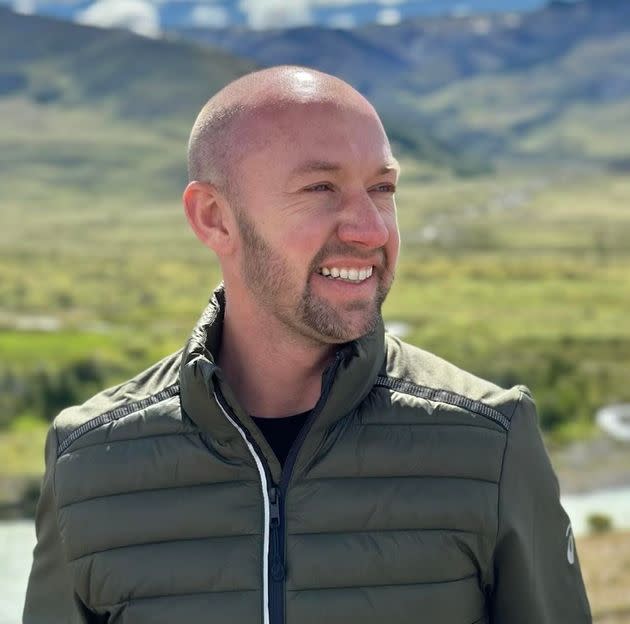
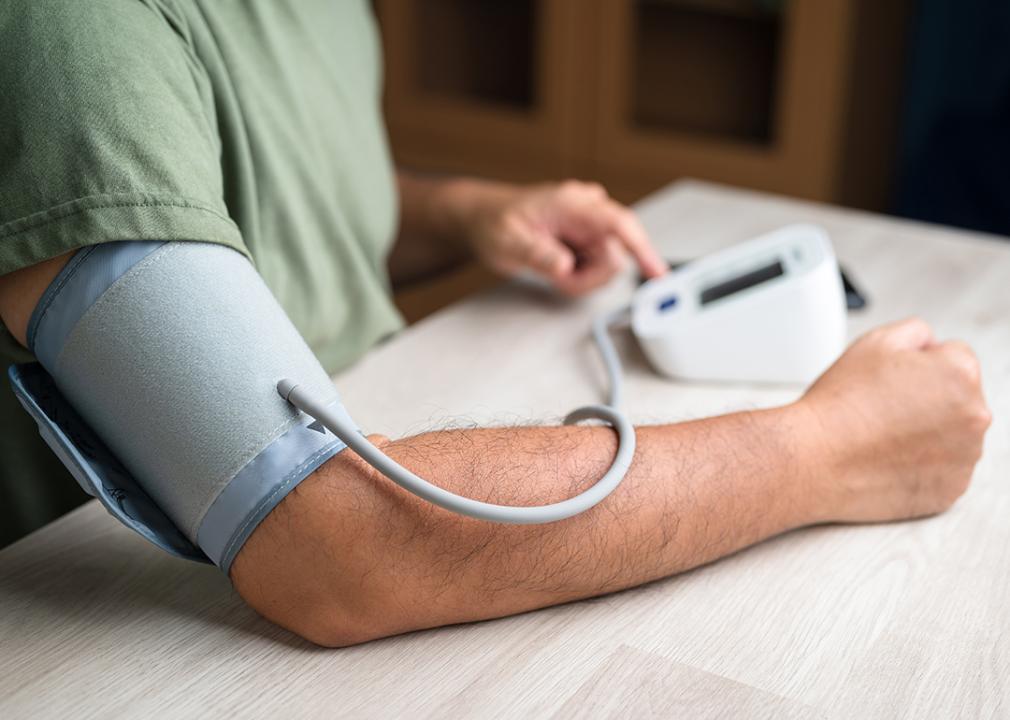
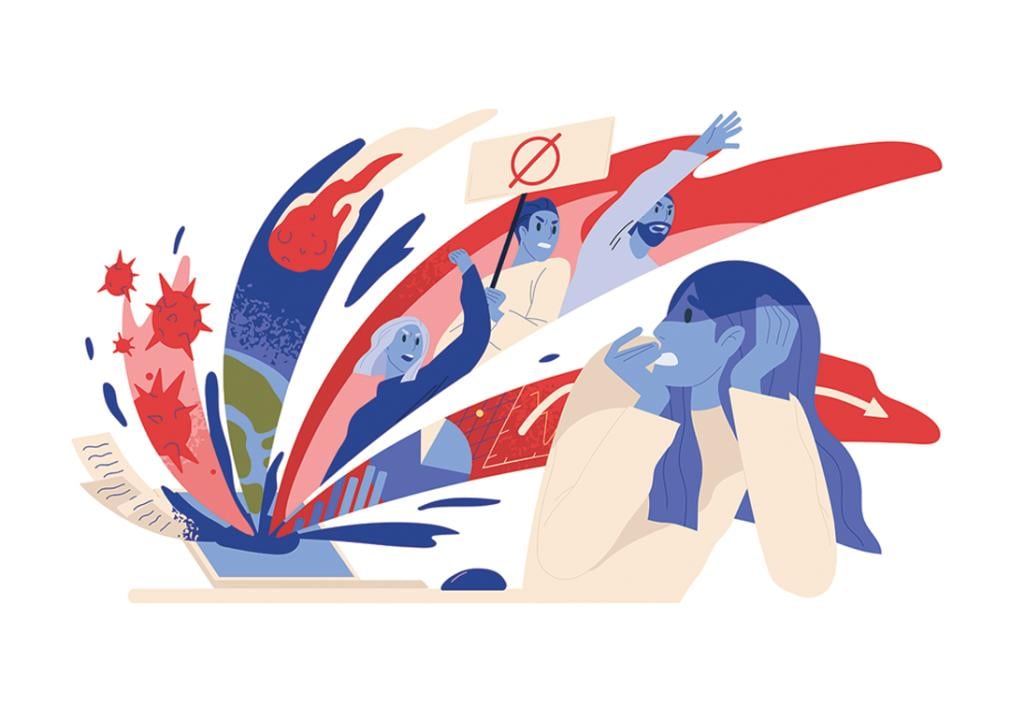
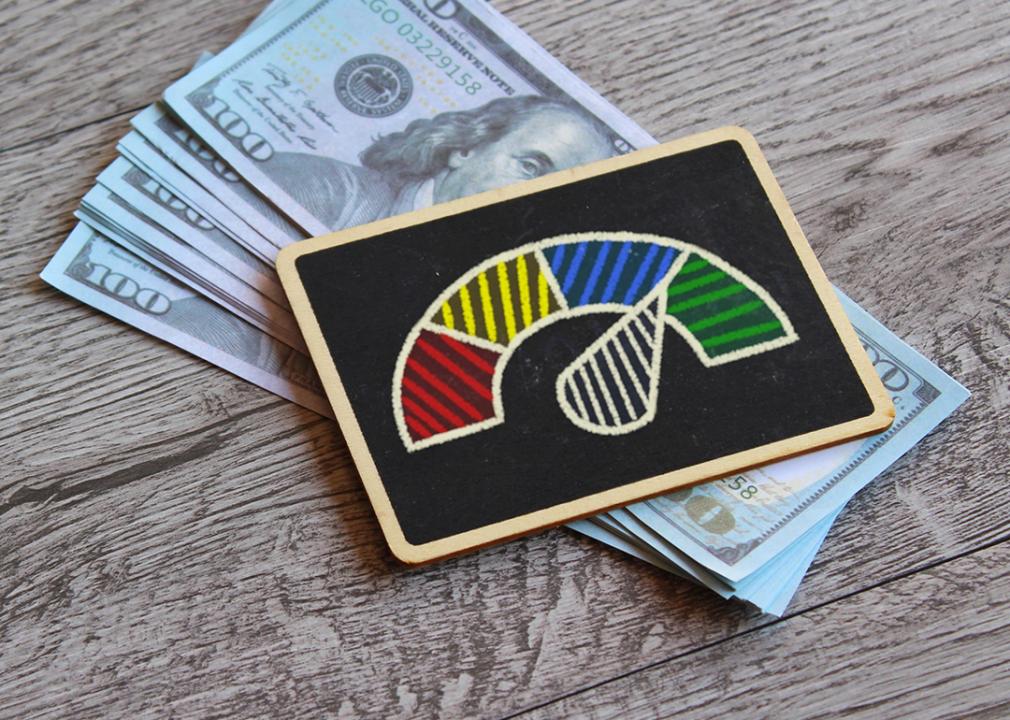




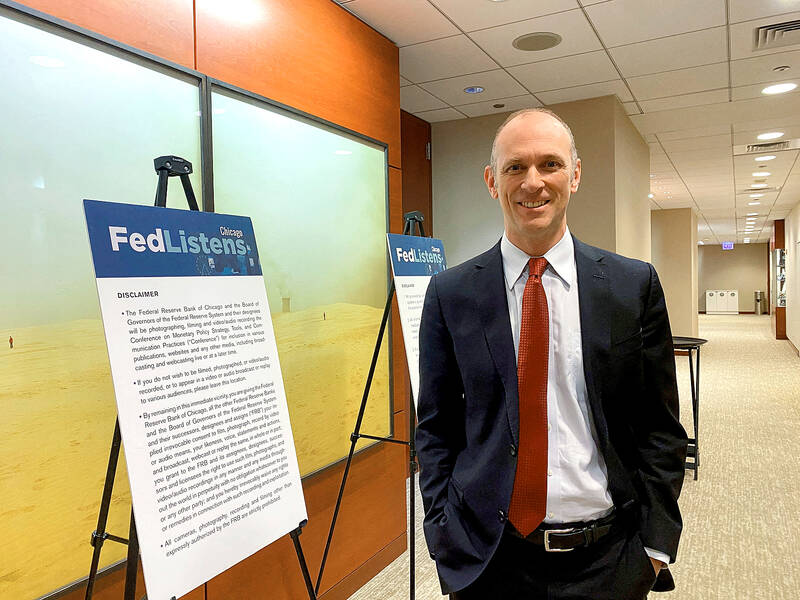


Leave a Reply